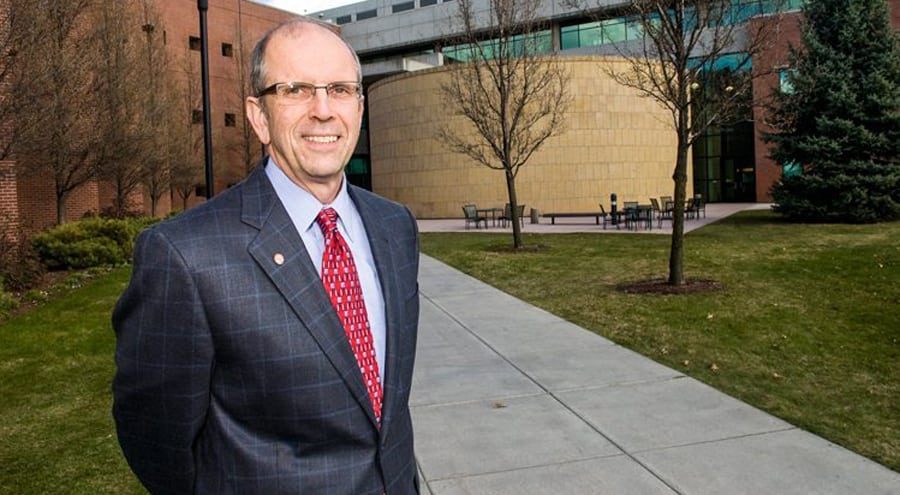
Home » Agricultural processing seeing rapid growth
Agricultural processing seeing rapid growth

June 13, 2019
By D. Patrick Jones
Manufacturing in the greater Tri-Cities is synonymous with agricultural processing. Out of the nearly 7,900 manufacturing workers in the two counties in 2017, more than 70 percent commuted daily to an agricultural processing facility.
Unlike other Eastern
Washington metro areas, manufacturing doesn’t rank in the top five by the
number of people employed. In 2017, the sector claimed eighth place among the
19 large sectors characterizing the economy. Still, the 5,500 jobs in
agricultural processing represent a significant segment of the area’s
workforce.
Importantly, the
sector has been a rapidly growing one. From 2008-17, it added more than a third
to its numbers. Over the same period, the local economy overall, the most
dynamic in Eastern Washington, tacked on 19 percent more workers. The only
sector that grew more rapidly over the decade was health care and social
services, at 50 percent.
Agricultural
processing sits on two legs: food and beverage manufacturing. The bulk of
activity, and therefore workforce, has been in food processing. In 2017, it
made up 75 percent of the total. Chalk up that dominance to the U.S. consumers’
— and overseas buyers’ — love of meat and potatoes, dominant processing
industries in the two counties, and to the long-standing tradition of Tri-City
firms adding value to the bounty of the land.

Yet, beverage
manufacturing has grown faster. Ten years ago, it accounted for only 15 percent
of the total ag processing workforce; now it is 25 percent. This should not
surprise the casual observer of the Benton-Franklin wine and brew scene. Visit
Tri-Cities currently counts more than 50 wineries, 10 microbreweries and two
distilleries in the region. Clearly the local beverage sector is enjoying
strong tail winds.
Benton-Franklin Trends data reveals the overall growth of the area’s agricultural processing. Over the past decade, the number of firms has grown by 20. One can also see how outsized area food and beverage manufacturing is compared to the state. The Tri-City share of the workforce in agricultural processing in 2017, at 4.6 percent, was three times as high as the statewide share.
The
conventional wisdom about agricultural processing is that its jobs don’t pay
very well. That’s both true and false.
In 2017, food manufacturing employers in Benton County paid an average of $55,400 per year. That represents a premium of 11 percent over the 2017 average annual wage for all sectors of the two counties. Franklin County food processors, however, paid considerably less, with an average wage of $41,500 in 2017. That pay represented a 17 percent departure from the regional economy’s overall annual wage.
The number of food
processing jobs in the area is evenly split between the two counties. So, on
average, it seems fair to conclude that food processing in the Tri-Cities
offers wages close to the economy’s average.
The numbers from the
beverage sector tell a different story.
Here, the 2017 annual
wage in Benton County was about $38,200. In Franklin County, the wages were
lower yet: slightly more than $24,300. The size of the beverage manufacturing
workforce in Franklin County is tiny compared to that in Benton County, so the
area average is quite close to $38,000. That annual pay still represented a 23
percent departure from the average annual wage of the two counties.
A few factors might
be at work behind this gap: less automation than food processors, smaller scale
of operations and the likely presence of part-time workers.
What is the future of
agricultural processing in the area? This economist won’t hazard much of a
guess. To the degree that overseas markets expand for U.S. food, the future
seems reasonably bright. There is a big “if” in that statement, however. Trade
wars have been onerous for U.S. agriculture. Growth in the beverage manufacturing
likely will be rooted in local and regional trends, such as population growth,
income growth and tourism.
There are some who
have made a prediction for the Tri-Cities. These are the labor economists from
the Washington State Department of Employment Security who routinely forecast
occupation and industry future.
For the 2021-26 period, the group is projecting very slow growth for both food and beverage manufacturing in the two counties, or a total of 200 jobs. My hunch is that the results will surprise — on the upside.
D. Patrick Jones is the executive director for Eastern Washington University’s Institute for Public Policy & Economic Analysis. Benton-Franklin Trends, the institute’s project, uses local, state and federal data to measure the local economic, educational and civic life of Benton and Franklin counties.
Local News Food Processing
KEYWORDS june 2019





